Colours in the Time of Corona
By Sarbajit Sen
The ideation of my Phullara story for Famine Tales had taken rather long to acquire shape. But once it was done I felt cool. So cool that I let one full month roll by, my mind diverted by other tasks, without doing anything about the final artwork for Phullara. The entire script was already there in my mind – graphically set – almost frame by frame. So there was no need to worry.
I had no inkling how my complacence would be smashed and replaced soon by an unsettling sense of restlessness and despair with the arrival of a diabolical, invisible monster named Corona. The world around us was thrown out of gear in no time. Our familiar life patterns went for a total toss. Our collective psyche took a weary dip in a vast ocean of soap bubbles and sanitisers with countless foams of do’s and dont’s from WHO (and who not!) on the crests of its dark waves.

Kolkata’s iconic Howrah Bridge, usually packed with traffic, stands eerily empty during lockdown. Source: VisionMakers
The tentative deadline for my final submission to Famine Tales was also knocking at the door. But it was becoming too difficult to concentrate on the artwork. I was distracted and my thoughts were diffused. Mild, friendly reminder mails were also coming at times. And, to make things worse, I suddenly discovered that a particular drawing ink which I badly wanted to use for my story was simply not there in my stock. A total lockdown had been clamped down on us by that time. The shops were closed. Amazon too was lost in thin air. But I badly needed to do a lot of nib sketches in brown, since I never wanted to solely depend on black – for this story, at least. All this added to my unrest.
Suddenly, I thought – how about trying to make my own drawing ink? A few attempts at mixing whatever Fuji transparent colour paper strips were still left with black drawing ink proved futile. I did not get that special brown tint I wanted. Eventually, I consulted an artist friend. He suggested kattha, one of the principal ingredients used in the preparation of paan from betel leaves. It is popularly known as cutch or Acacia catechu, which is widely used for dyeing clothes.
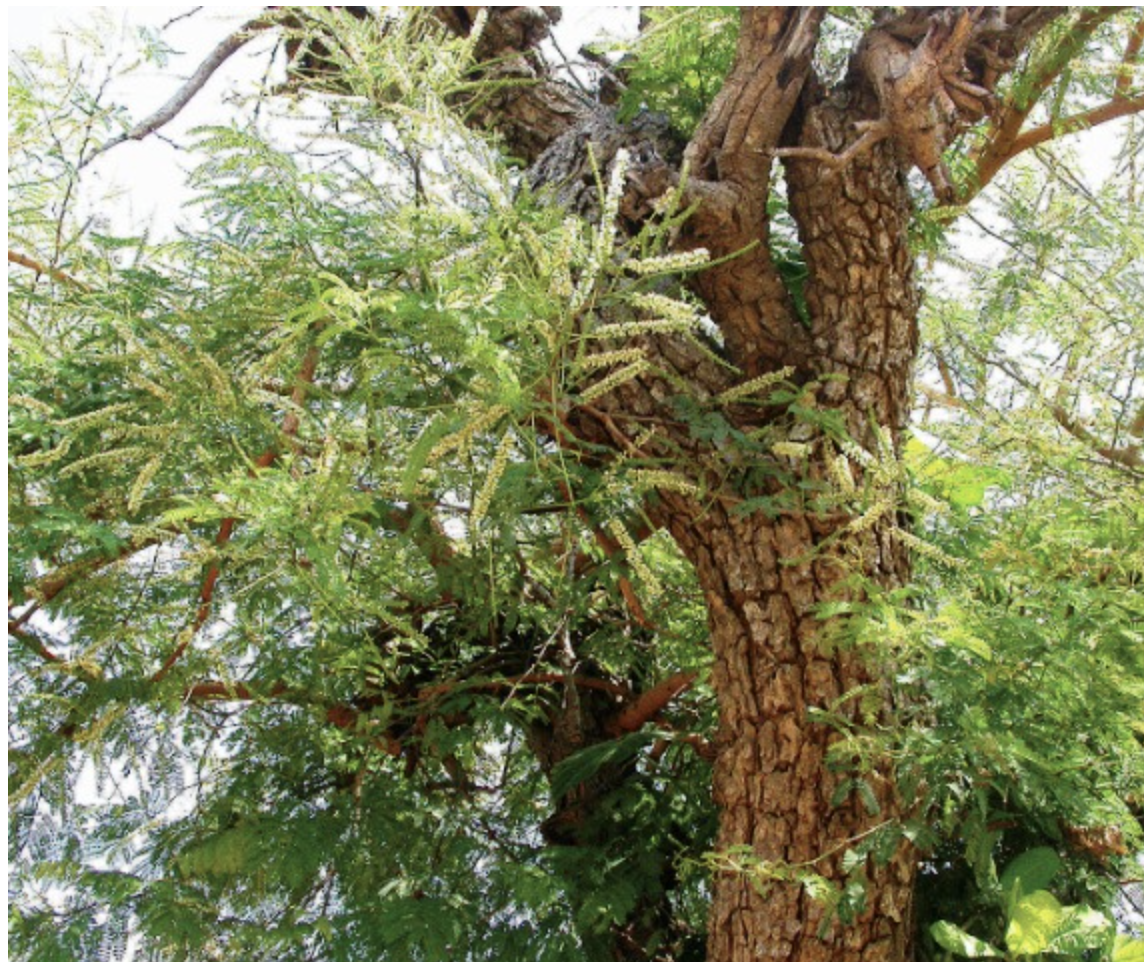
Acacia catechu, known as cutch, kattha, or khair. Source: CPR Environmental Education Centre, Chennai database
A young friend further helped me by bringing some hard chunks of cutch from a local paan shop owner who still kept his shop open.
I followed my friend’s instructions – dipped a chunk in some water and left it for one full day.
The colour looked rich, but it had to be used on good cartridge papers, that too, only in brushstrokes. It was not yet strong enough …
… I needed it to hold on to a nib. And the lesser the water the darker the colour.
To be precise, the darkness or brightness depended on the amount of water used. A good amount of water gave the work a certain soft, suave tone.
I was now determined to go ahead with it.
I don’t remember how long I had to wait before I could book an order for commercial paints online. Corona has made many of us lose count of time. A set of the required ink bottles took some time to come, and when they did, they landed up like a boxful of angels.
But by that time, I had already created some of the artwork using my traditional colour source. The entire exercise had also been intoxicating for me. As if it was a kind of rediscovery of memories of the many accounts I had read of inventing mediums in times of necessity. The sight of the first small bowl of pigment carefully prepared by my wife in our small kitchen was sheer love. I had felt like an overjoyed Florentino in these weird times of Corona! How could I have even thought of forgetting them once the crisis was over – though only for the time being?
I decided to give those drawings their due place. They have been incorporated in my story. The warm brown in the early artworks will forever be a celebration.
Sarbajit sketches and paints with his cutch colours.
Sarbajit Sen is a well-known graphic artist and filmmaker in India. His graphic narratives have been exhibited at the Barbican in London, and in Kolkata, New Delhi, Chicago, and Los Angeles. Widely published in India and abroad, Sarbajit is also an editor of Longform, an anthology of graphic narratives, published by Harper Collins, India.
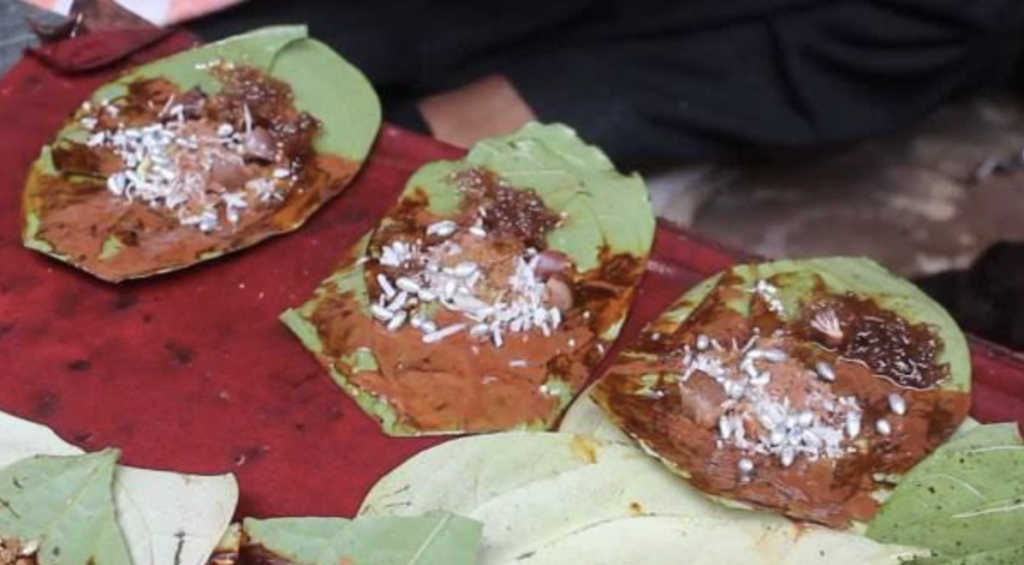
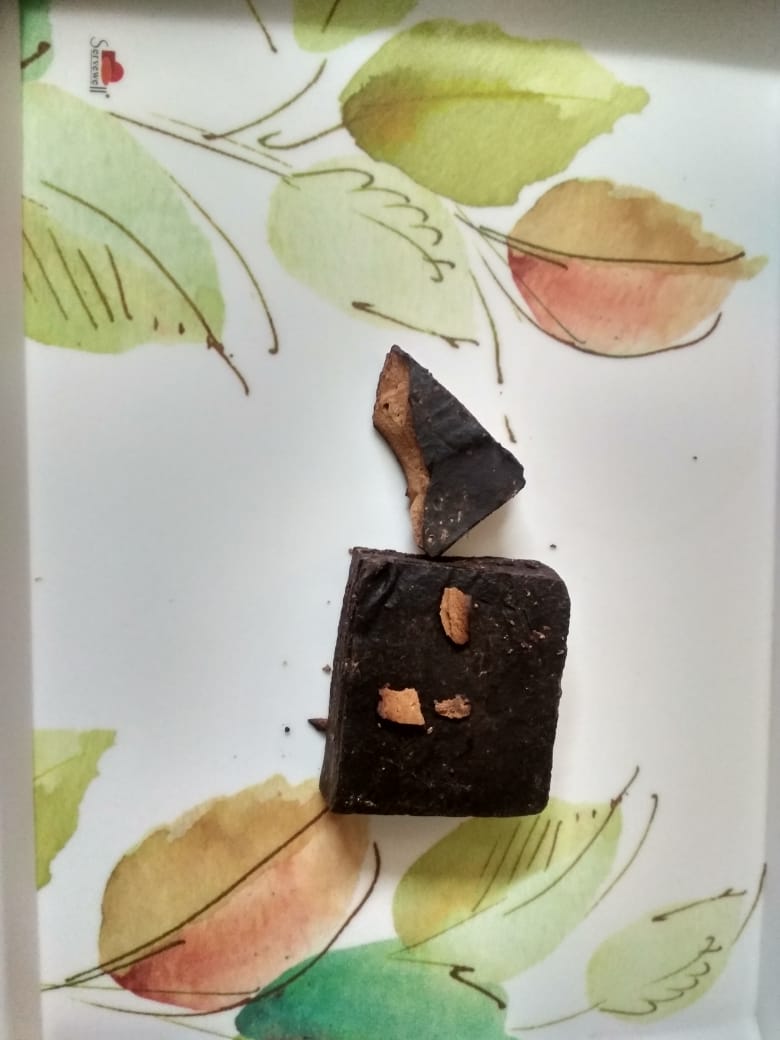
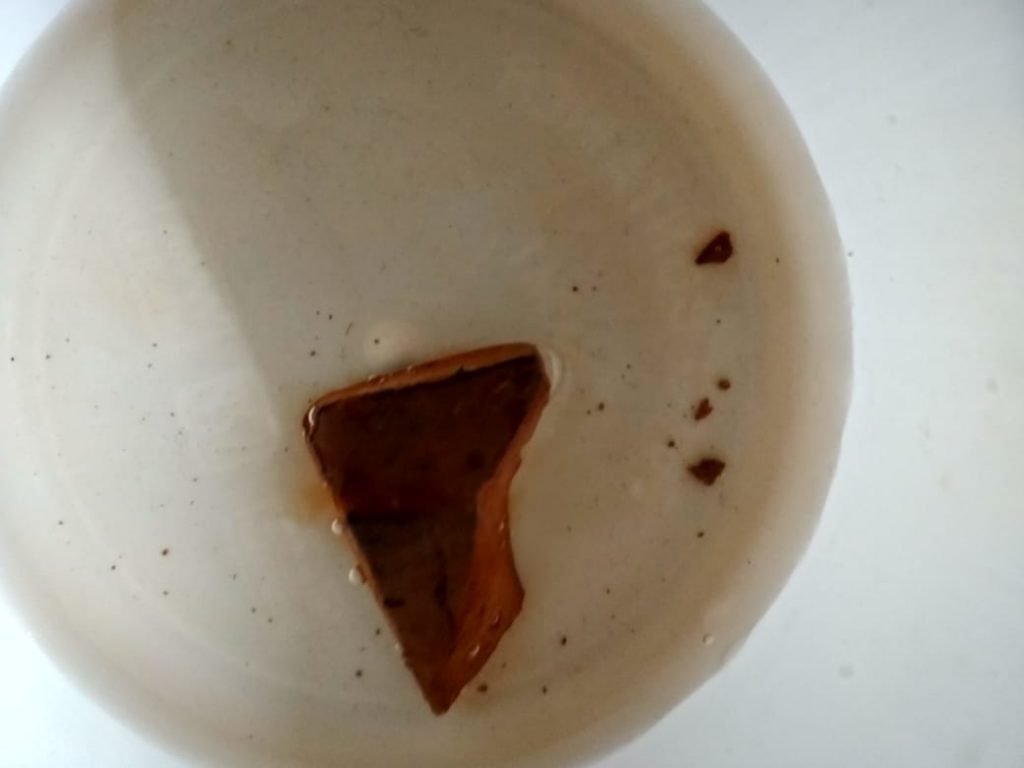


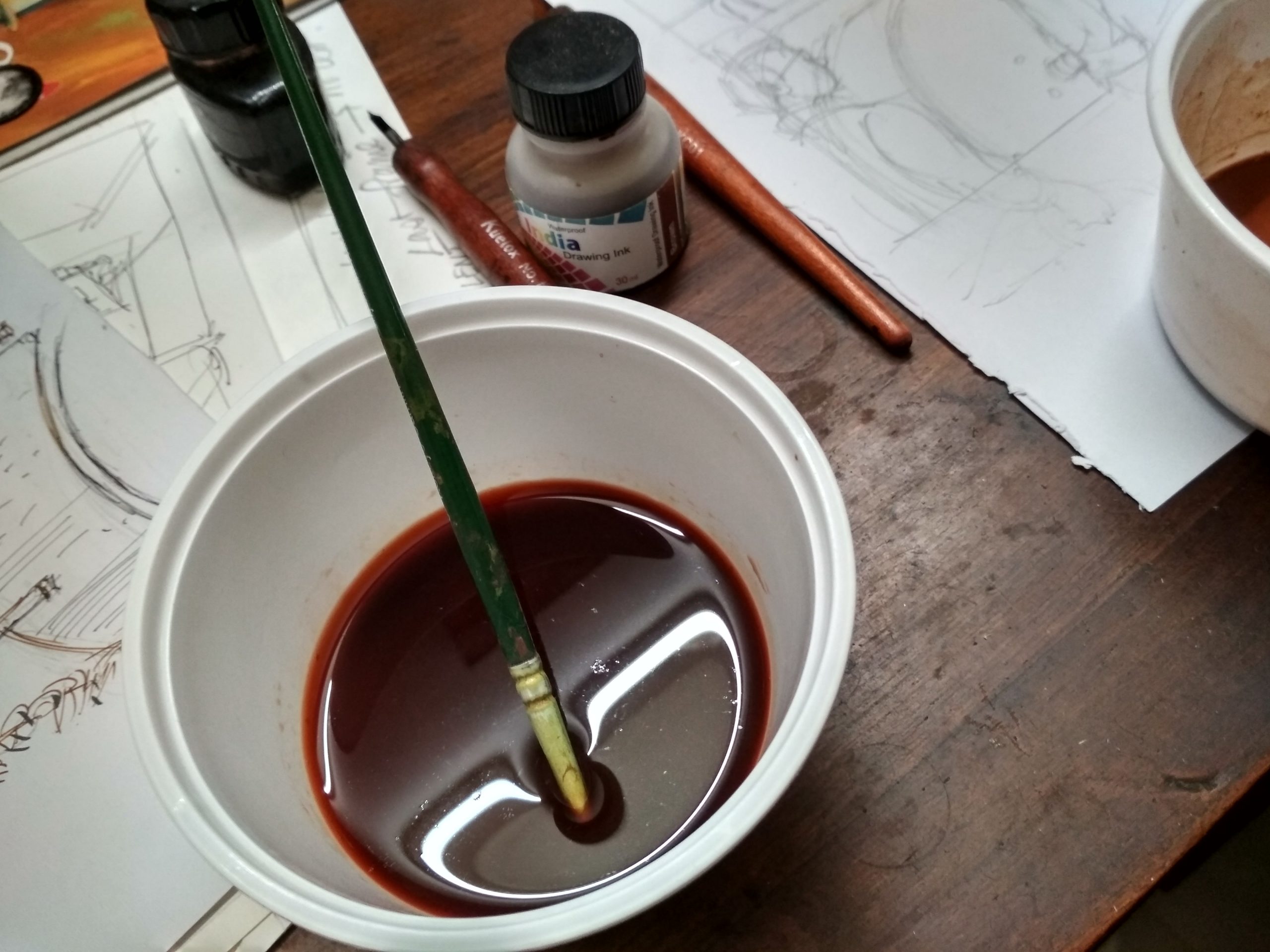
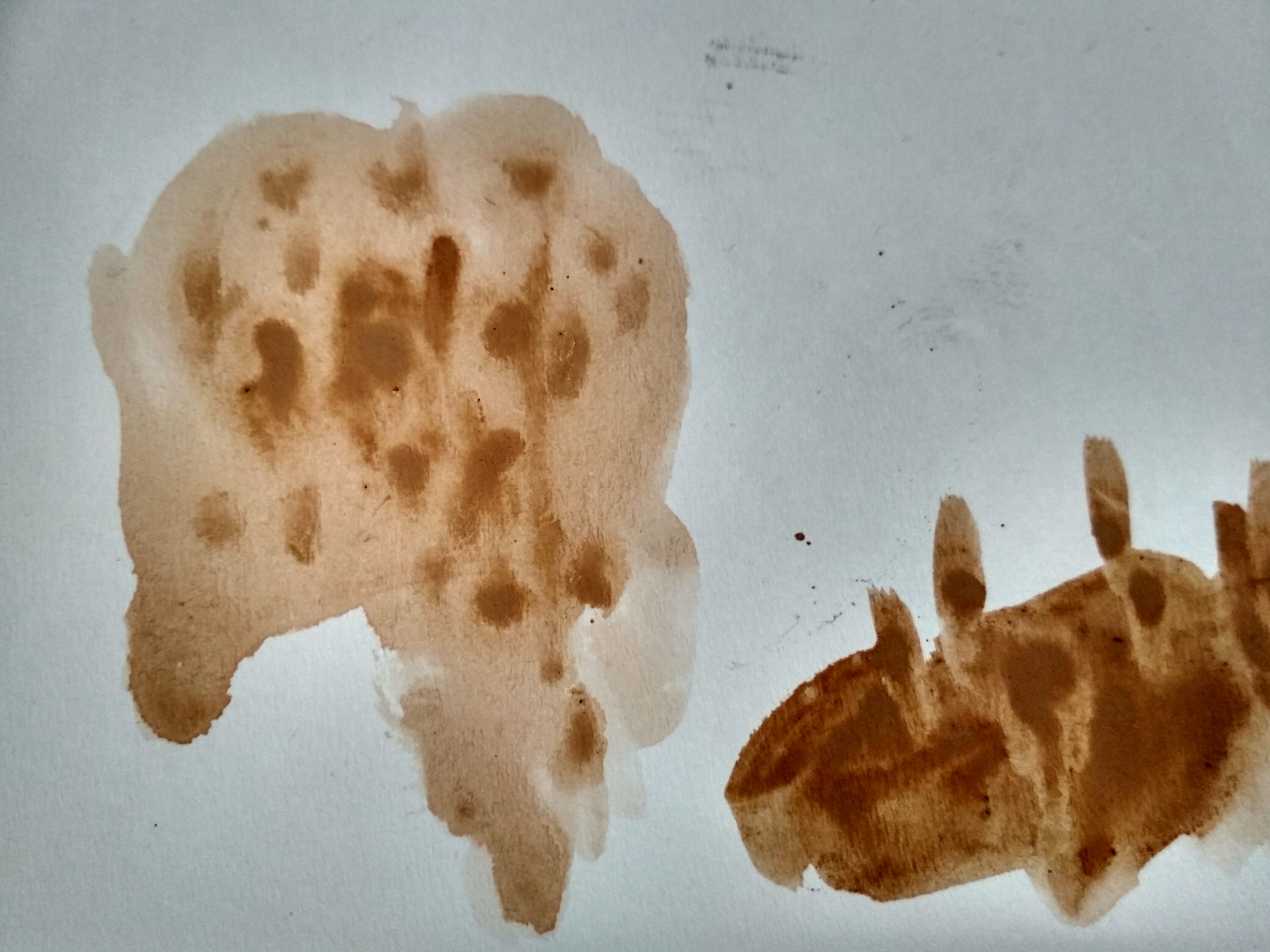
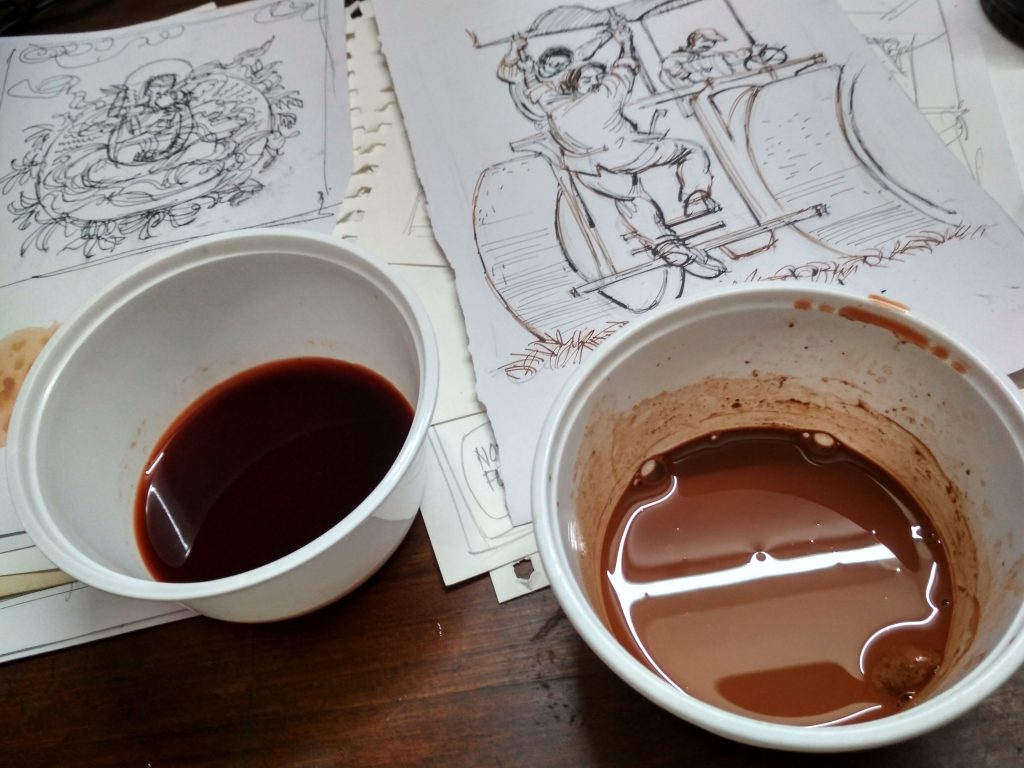
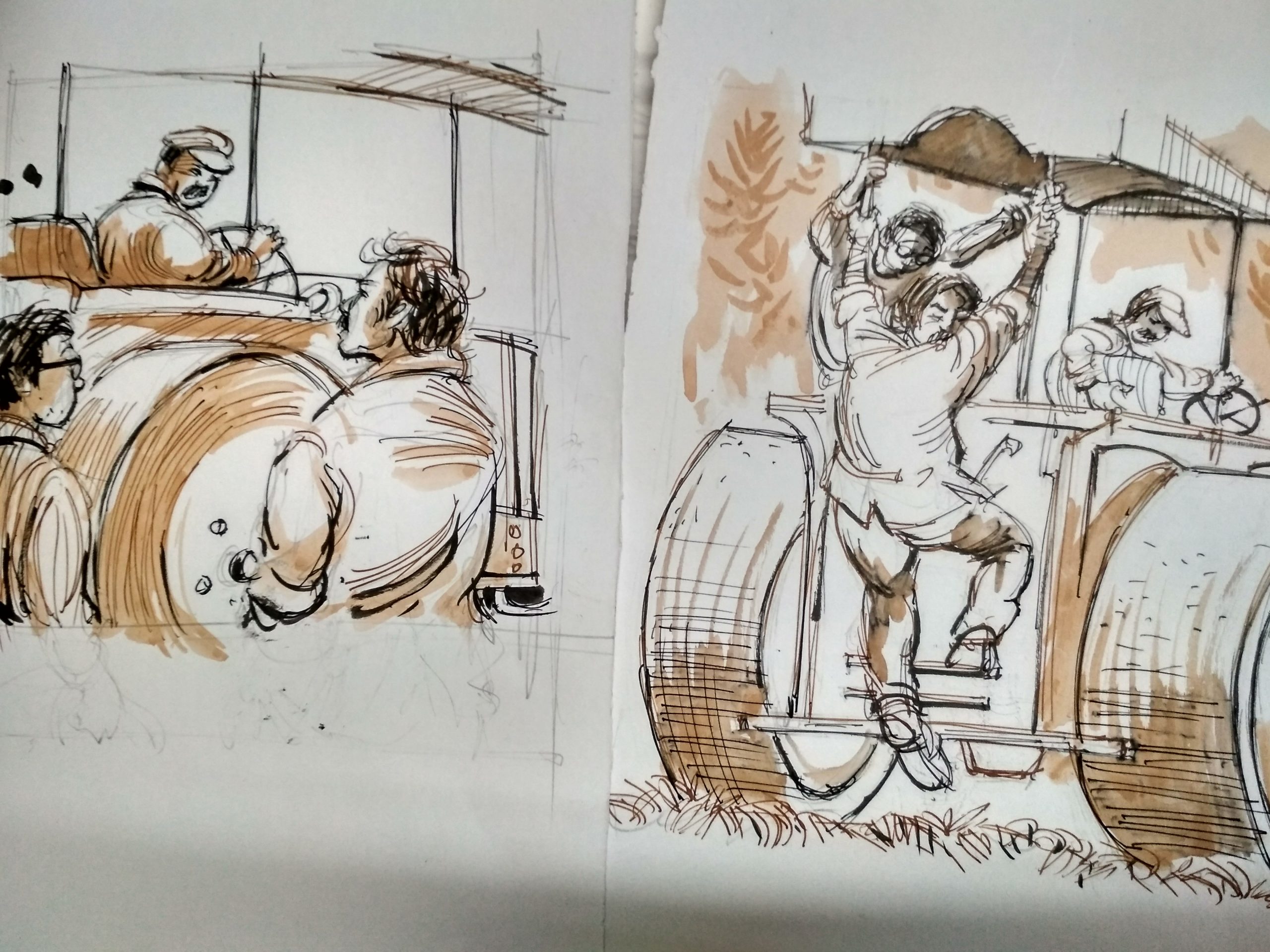
Such a beautiful blog post. The artistic process of the creator clearly resonates his closeness to nature, which is very apt to the project. As a reader I am also thrilled to get access to his ingenious thought process. Thanks to Sarbajit Sen for opening the doors and windows of his beautiful mind!
Awesome I have never seen before these type of painting . It’s a rediscovery.